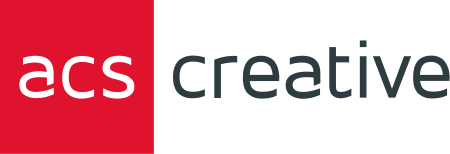Facebook Advertising for Fun and Profit
No advertising venue in history has affected the advertising industry as much as Facebook. As it has evolved, so has our understanding of how to maximize ad spending and reach highly-targeted audiences on this platform.
Not only does Facebook give you a lot of creative fun with multi-media components, it allows you to develop deeper relationships with your customers, create communities, and the Facebook Business Manager tool gives you deep insight into your customers, your creative, and your ad spending.
A solid Facebook advertising strategy is a marketing investment that pays great dividends.
Super-Specific Targeting
Facebook knows a lot about its users. The platform stores basic details like age and location, but it also catalogs hobbies and interests. As an advertiser, you can get as granular as you want. You could reach accountants who live within 50 miles of your business and drive sports cars while listening to 80s music, if you wanted to.
Maybe you don’t need to be that specific. Maybe you already have a dedicated group of Facebook “friends.” In that case, you might find success expanding your market by using Lookalike Audiences.
A “Lookalike Audience” connects you with people similar to your existing Facebook friends. These audiences are more likely to want your product or service because they share similar interests, age, occupations, etc. as your current Facebook audience.
Flexible Spending & Detailed Reporting
If you’re hesitant to leap into Facebook ads, you’re not alone. It’s a powerful tool that reaches millions every day. The good news is you don’t need much time or money to dip your toes into the Facebook pool.
Unlike other ad buys, there’s a low barrier to entry. You can spend as little as $1 on a Facebook ad, just to see how it works. You’re not locked into any set dollar amount or timeline. There’s a lot of flexibility to adjust your spending any time.
You shouldn’t start seriously spending on Facebook without first having a solid strategy. Have a plan in place to follow up with new leads through every stage of the marketing funnel.
For example, it’s not necessary to collect someone’s email address via a Facebook ad, if you don’t intend to contact them later. As a best practice, be respectful of the data collection about your customers. Treat Facebook ads as a valuable part of your marketing and sales cycle, nurturing your leads along the way.
Facebook gives you in-depth analytics to help you strengthen your strategies. They are easy to test and track. You can run A/B tests to see which ad creative or audiences work best. You can see detailed reporting on how Facebook ads are helping you engage customers.
You can also stay in front of your website visitors, thanks to the Facebook Pixel. This code allows you to show ads to Facebook users only after they’ve visited your website. Now you can stay top-of-mind as they make their purchase decision.
It’s a Pay-to-Play Platform
Beyond Facebook’s targeting and testing capabilities, one major reason to pay for ads is that it truly is the only way to reach potential audiences on this platform. Organic content on Facebook doesn’t get you very far.
Every time you post, only a small percent of your followers see your content. Some suggest Facebook’s organic reach is as lows as 2 percent. They know the value of their News Feed and if you want to be there, you’re going to have to buy some space.
Facebook has numerous built-in features to enhance your marketing effort beyond organic reach. For example, Facebook Messenger Marketing has a fantastic open rate, click-through rate, and conversion rate. No only does it enhance your Facebook ad spend, but augments what you’re doing with your email marketing campaigns. Strategically using these tools can enhance your marketing efforts and maximize your marketing budget.
Capitalizing on any digital advertising, including Facebook, starts with a strong strategic plan. As digital marketing experts, we’re always happy to help you plan, design, and execute on any strategy. You don’t have to do it all on your own.

